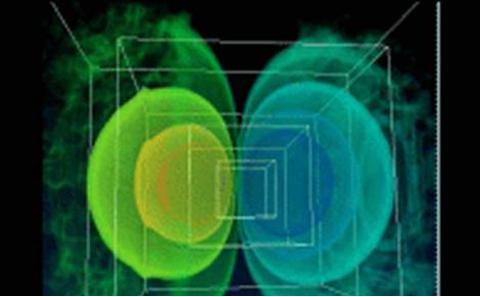Applied Seminar - Professor Pietro Cicuta (University of Cambridge) Seminar

- Time:
- 12:00 - 13:30
- Date:
- 15 May 2018
- Venue:
- Room 4001, Ketley Room, Building 54, Mathematical Sciences, University of Southampton, Highfield Campus, SO17 1BJ
For more information regarding this seminar, please email Dr Philip Greulich at P.S.Greulich@southampton.ac.uk .
Event details
An interesting seminar, be sure not to miss it!
Speaker information
Professor Pietro Cicuta, University of Cambridge. Our main efforts at the moment are on: (a) phospholipid membranes, including physical properties of lipid bilayers, self assembly of membranes, vesicles for compartmentalised synthetic biology, interface films as models of cell membranes, cell membrane lipidomics (EPSRC Programme grant CAPITALS); (b) hydrodynamic synchronisation of motile cilia, spanning from our long-going model colloidal systems to studies of living ciliated cells, particularly the human airways in health and disease (ERC Consolidator grant; ITN BioPol grant); (c) physics of bacteria - from cell physiology (size, growth rate) down to regulation of gene expression and chromosome packing (main resources and network of this work are our HFSP grant with Marco Cosentino Lagomarsino, Bianca Sclavi and Kevin Dorfman); (d) malaria blood-stage infection - this is work carried out in tight collaboration with Teresa Tiffert and Virgilio Lew in PDN department, and Julian Rayner at the Sanger Wellcome institute. We have just been awarded an EPSRC Healthcare Technology grant to push the frontier of single-event infection imaging. (e) exploring new things! we are often driven by curiosity, and easily distracted by exciting possibilities. A lot of work in the group is carried out in an informal structure, unfunded or through limited pump priming funding. The projects described above, which are those now more established, all started this way. We are currently exploring a variety of things, from yeast growth in confinement to algae/bacteria symbiosis, from cell migration to immune system response, and others. Of course, collaboration with a variety of Life Sciences partners is essential to make any of this successful.